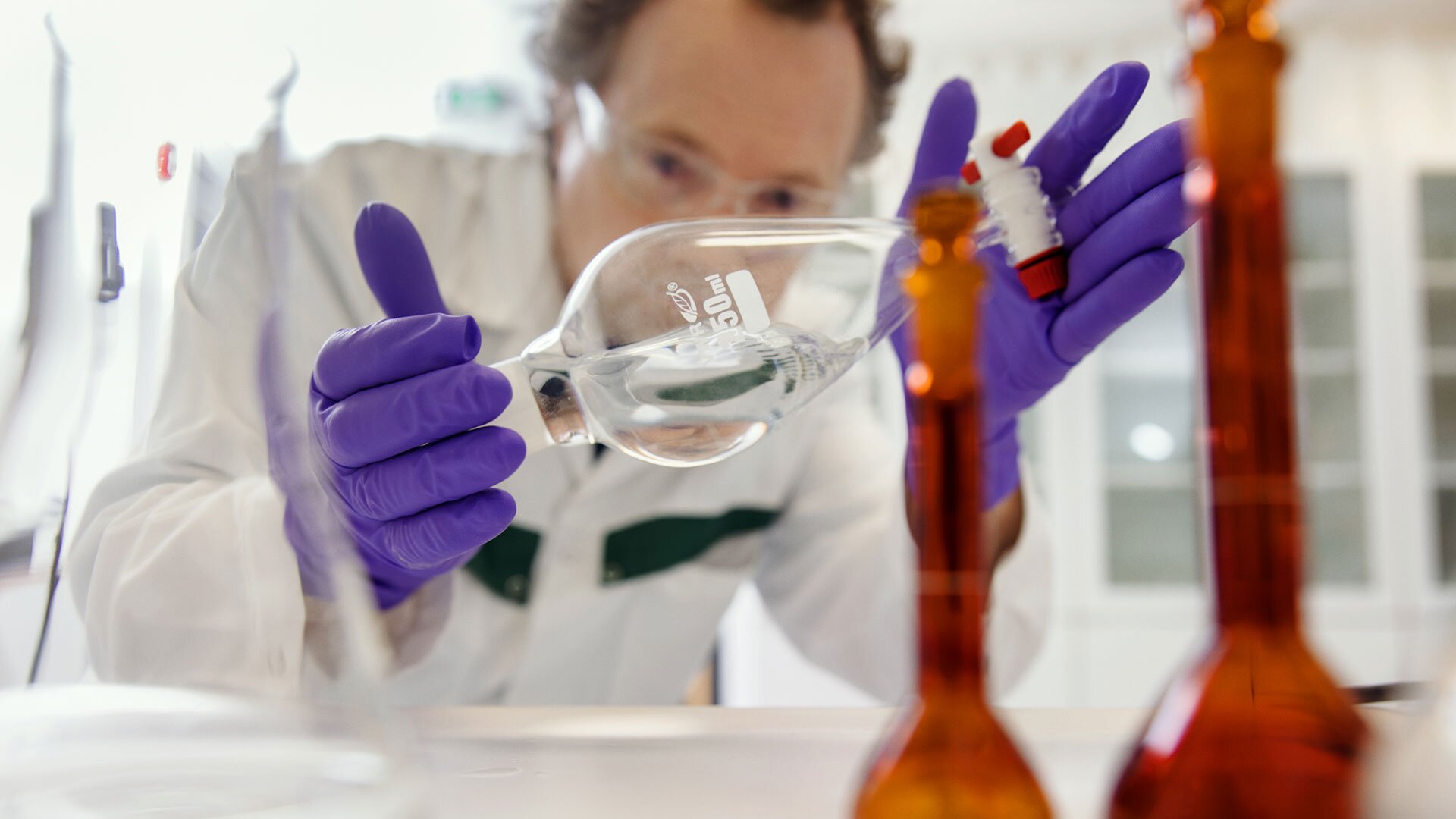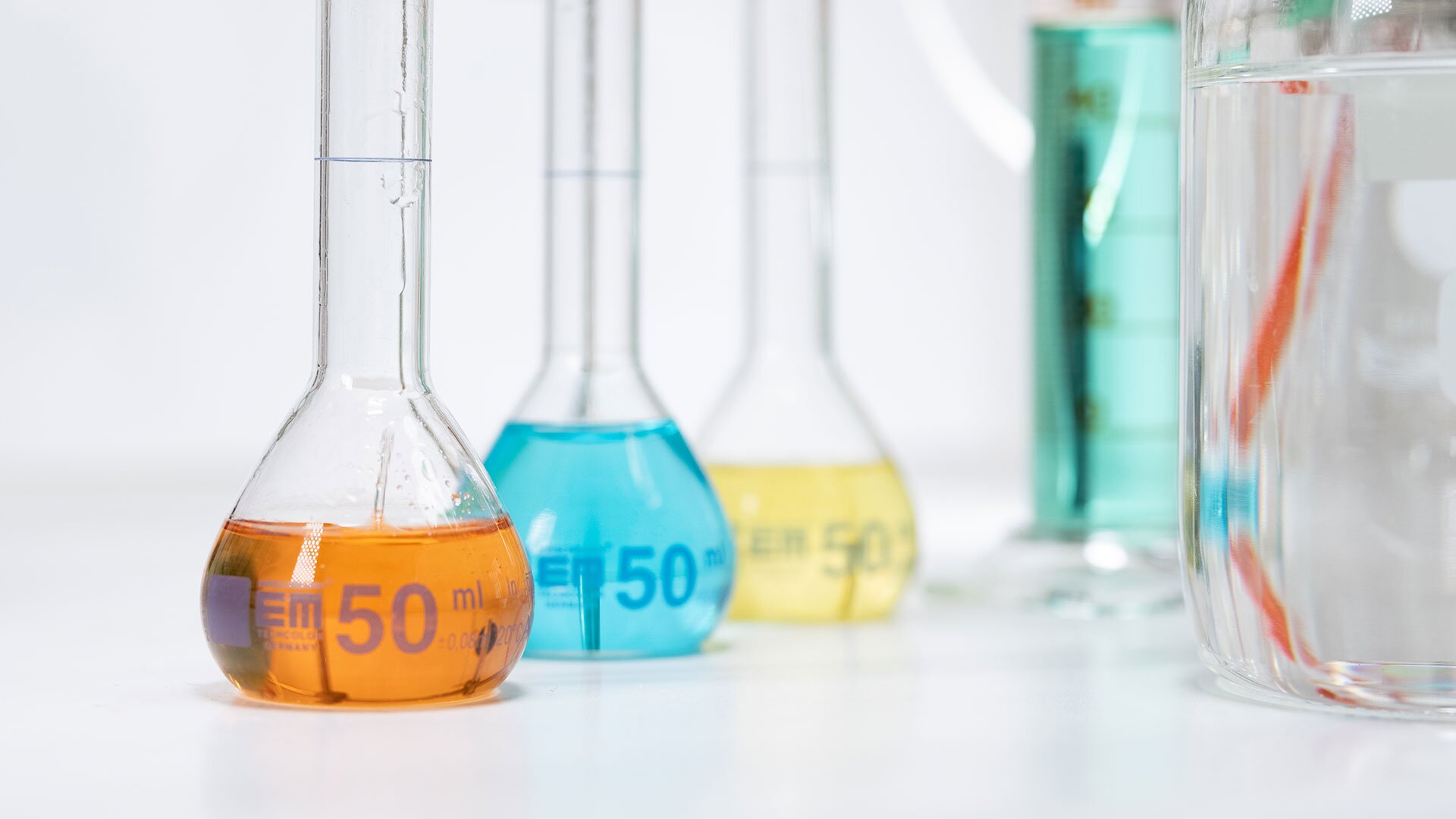The monitoring of adverse drug reactions and the reporting of these is an integral part of the monitoring of drug safety. This is a binding obligation for marketing authorisation holders.
When marketing authorisation is applied for, the efficacy and safety of the medical product must be demonstrated. However, in actual use, previously unknown adverse reactions are discovered for nearly all medicines on the market. Adverse events range from mild to severe, and they are listed on the package leaflet. Adverse reactions to a product can sometimes be so severe that they lead to a restriction in its use or, very rarely, to a ban of its use.
“In reality, a medicine may have millions of users, and patients and their special circumstances can be vastly different. It is not possible to emulate all possible eventualities in clinical trials, which have at most a few thousand patients,” says Jukka Pesonen, Director of Global Drug Safety at Orion.
“In clinical trials, the adverse events that are difficult to identify are typically associated with other simultaneous conditions and medication, pregnancy, long-term use and extremely rare side effects.”
Adverse events are monitored globally
Adverse events are monitored by both marketing authorisation holders and the authorities: in Finland, this body is Fimea, and at the European level the European Medicines Agency EMA and its network of national medicines agencies. In the rest of the world, national medicines agencies, such as the FDA in the USA, are responsible for the monitoring.
“The monitoring of adverse events is a global effort carried out by the national authorities in different countries in collaboration with pharmaceutical companies. We receive notifications from all over the world on the adverse events and other safety issues of Orion’s proprietary drugs, throughout their life cycle,” Pesonen says.
“Patients and professionals benefit from this through improved patient and drug safety and more accurate product descriptions. This builds trust in the fact that these products are constantly monitored, and their safety supervised.”
All information is relevant
All information on any adverse events is compiled, assessed and reported. Both pharmaceutical companies and the authorities report on the adverse events brought to their attention in the European EudraVigilenace database, from where they also obtain information about any reports filed by other bodies.
The analyses of severe events, including those leading to death or hospitalisation, are fast-tracked and processed and reported to the authorities within the mandatory 15 days. Less severe events are assessed and reported in compliance with local regulations.
“Reporting adverse events to pharmaceutical companies and the authorities is voluntary, and reports are made by physicians, nursing staff, pharmacy staff and patients and their families and carers. Health care professionals tend to report only severe and unexpected cases, while others report events of lesser severity as well,” says Pesonen.
“It is important to receive information on all types of events, so that we have the most accurate safety profile of a product possible.”
The reporting practices of marketing authorisation holders such as Orion are strictly regulated by law. The legislation provides detailed instructions on which events are to be reported and how.
“In addition to adverse events, we also report on drug interactions, matters related to misuse and events during pregnancy,” Pesonen says.
“The benefits and risks of medicines are weighed up against each other continually. In extreme cases, when a sufficient amount of information on adverse events has been accumulated, we may have to withdraw a product from the market. This means that the risks outweigh the benefits.”
Safety information updates are shared widely
Besides reporting individual events, Orion also compiles long-term reviews of events and conclusions to be made on their basis. These reviews are assessed in cooperation with the authorities.
With new products, on which there is only limited user experience, the reviews are initially published more frequently than with products that have been on the market for a long period of time. However, it is still possible for new information that could lead to measures to be collected for medicines that have been on the market for decades.
“Treatment practices change, health care analytics develop and new medicines that could cause new interactions are constantly approved for the market. Another critical point is when the patent of a proprietary drug expires and the price of the product comes down, attracting whole new user groups, who may report new effects.”
The reviews include a comprehensive analysis of the accumulated data and an assessment of risks and benefits. The authorities conduct their own additional assessment of this and issue their decision. The dialogue between Orion and the authorities is constant.
“If, for example, we have proposed changes in a product description, the authorities provide their own evaluation, after which we can proceed with the changes. When it comes to medicines with several marketing authorisation holders, changes may also be proposed by the authorities. All assessments and changes are made in collaboration with the authorities, and changes are always subject to official approval,” Pesonen says.
“At the end of the review process, we may update the product information on the product description and package leaflet, launch safety studies or place restrictions on the use of the drug. Updated safety details are also shared through drug safety information sheets, patient charts and training materials.”











